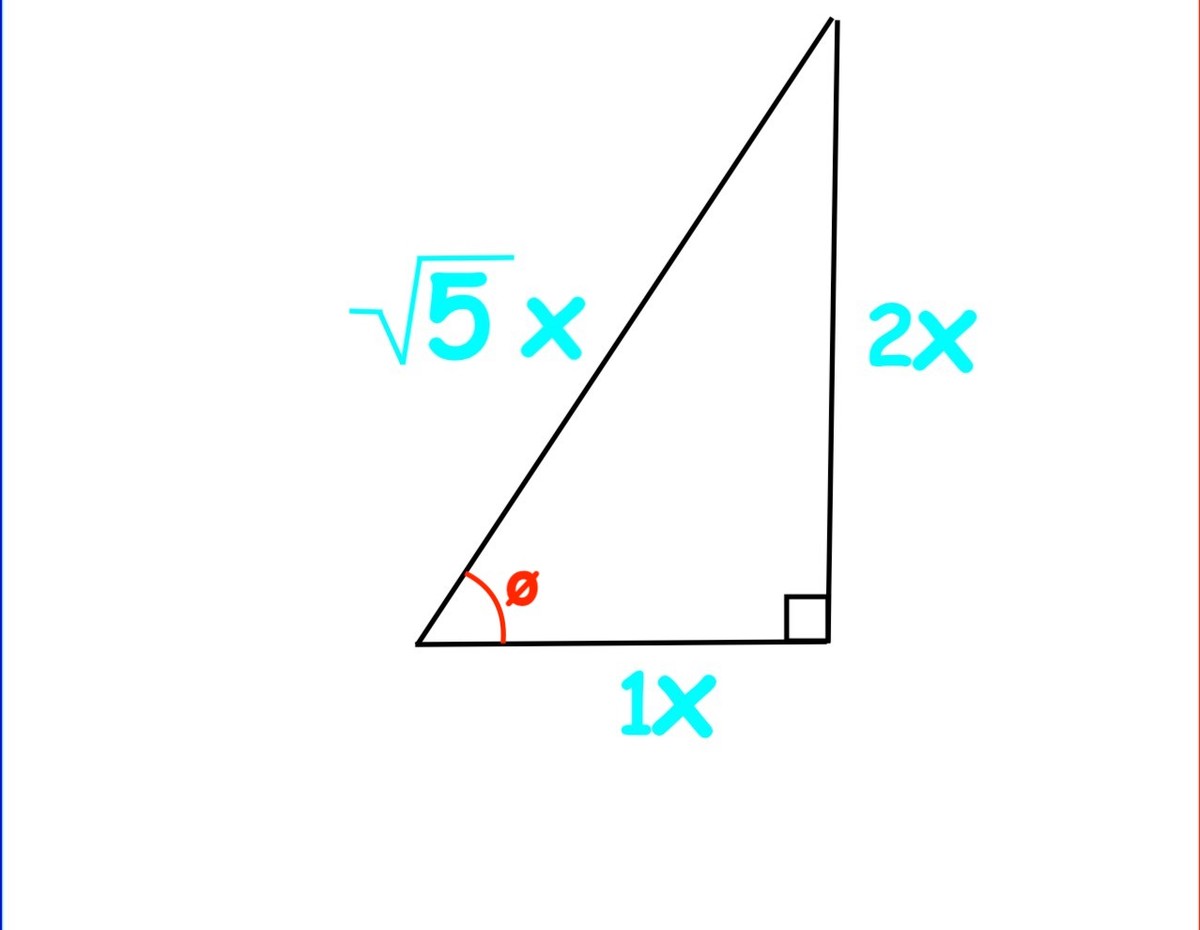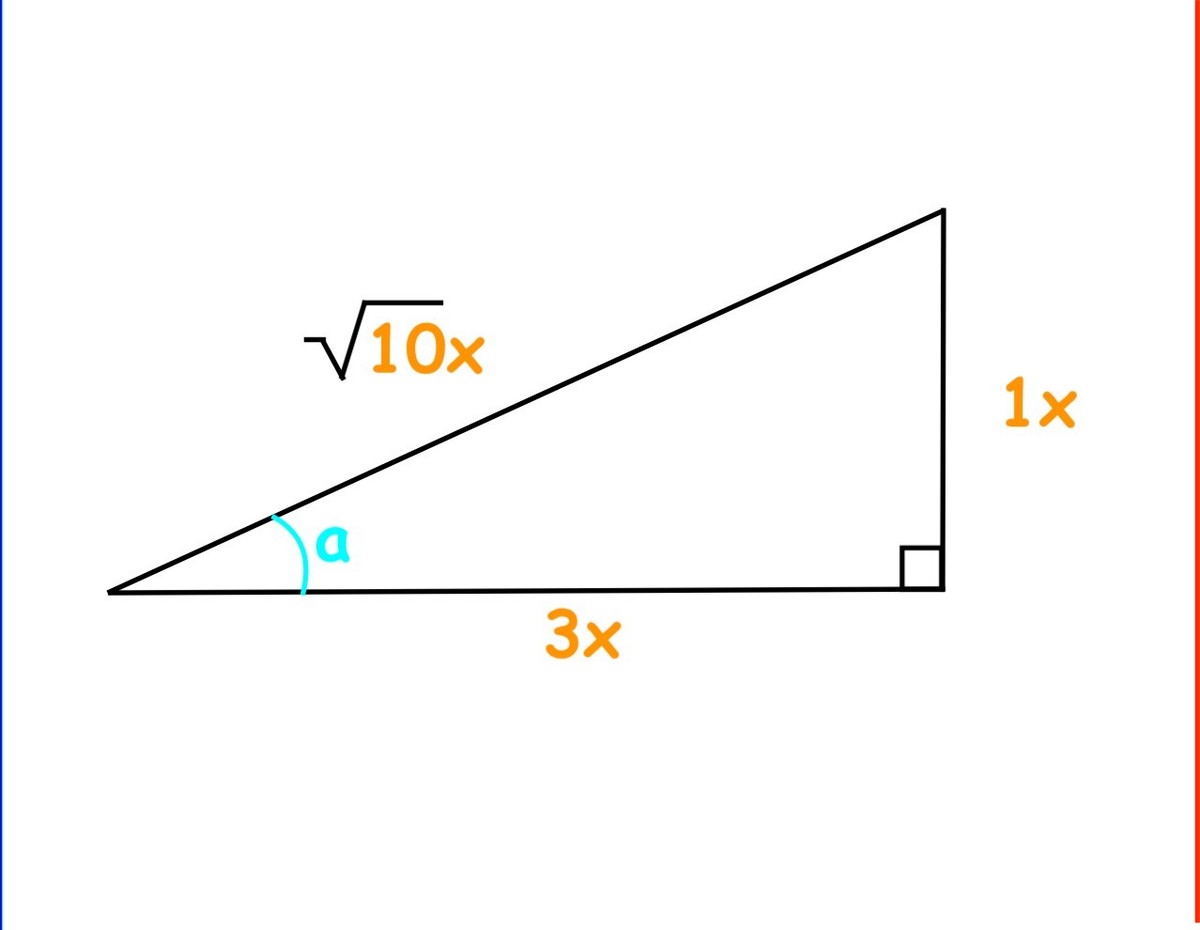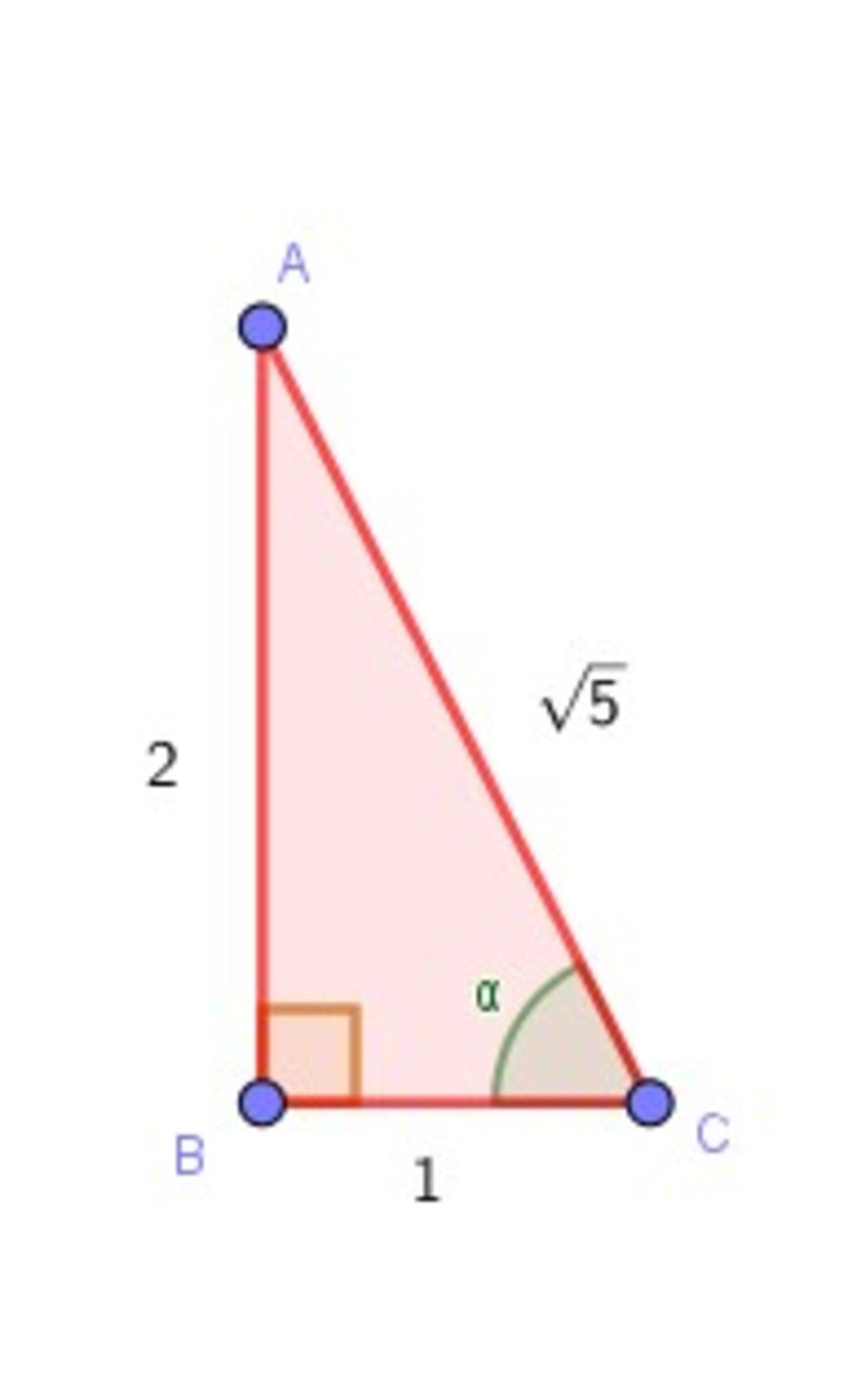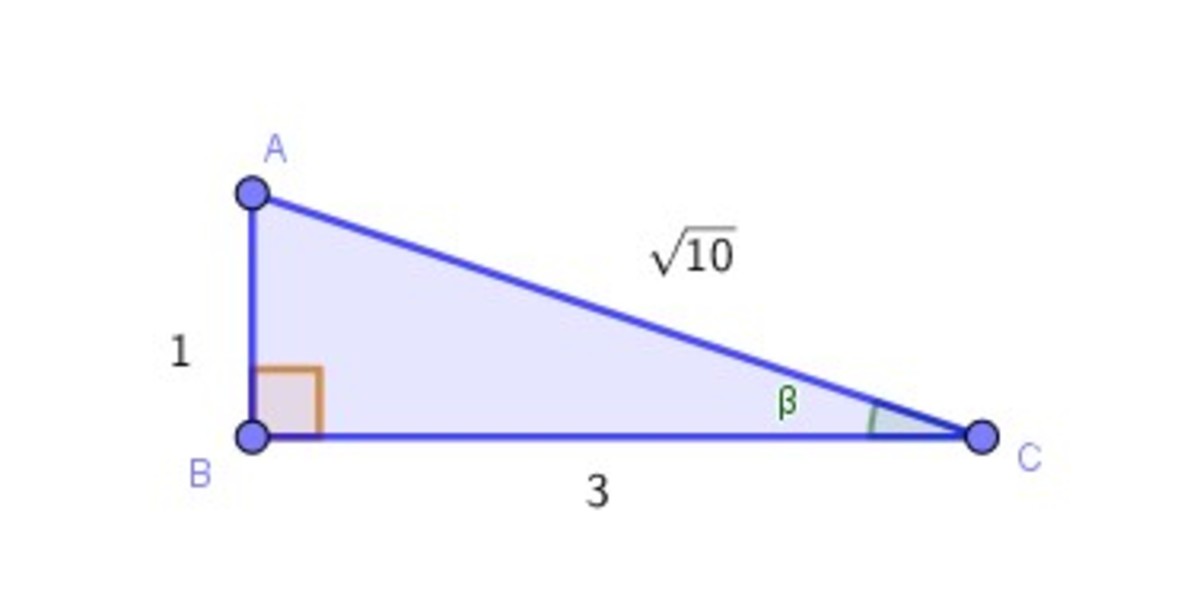Tricky Trigonometry (Mathathon Problem 9)
Find the value of
sec 2 ( tan − 1 2 ) + cosec 2 ( cot − 1 3 )
The answer is 15.
This section requires Javascript.
You are seeing this because something didn't load right. We suggest you, (a) try
refreshing the page, (b) enabling javascript if it is disabled on your browser and,
finally, (c)
loading the
non-javascript version of this page
. We're sorry about the hassle.
11 solutions
Using ,
s e c 2 − t a n 2 = 1
c o s e c 2 − c o t 2 = 1
To simplify our question as
1 + t a n 2 ( t a n − 1 ( 2 ) ) + 1 + c o t 2 ( c o t − 1 ( 3 ) )
Since,
t a n ( t a n − 1 ( x ) ) = ( x )
= > t a n 2 ( t a n − 1 ( 2 ) ) = 2 2
||ly c o t 2 ( c o t − 1 ( 3 ) ) = 3 2
Plugging in the above values it becomes,
1 + 4 + 1 + 9
Now comes the trickiest part which I m unqualified for explaining ,but it gives us the ans
15 in the end
P.s. I just discovered another way of enlarging text ,that is by adding a '-' sign in the next line.
First, let's break the equation into two parts,
sec
2
(
tan
−
1
2
)
and
cosec
2
(
cot
−
1
3
)
. Making a graph so we can understand the first part better, we get
 (Since the side ratio is 2:1 because of the
tan
−
1
)Because we don't know the exact length of the sides, we multiply every side by a real number
x
, so we can account for triangles similar to a 1-2-
5
triangle. Since
tan
−
1
is the function for reversing
tan
, the output of
tan
−
1
2
is the red
θ
in the bottom left corner of the triangle. Because
sec
is
cos
1
, the secant of
θ
is the
adjacent side
hypotenuse
, which is just
5
. Since we have to square this, the output of the first part of the expression is
5
.
(Since the side ratio is 2:1 because of the
tan
−
1
)Because we don't know the exact length of the sides, we multiply every side by a real number
x
, so we can account for triangles similar to a 1-2-
5
triangle. Since
tan
−
1
is the function for reversing
tan
, the output of
tan
−
1
2
is the red
θ
in the bottom left corner of the triangle. Because
sec
is
cos
1
, the secant of
θ
is the
adjacent side
hypotenuse
, which is just
5
. Since we have to square this, the output of the first part of the expression is
5
.
Doing the same with the second part of the expression, we get
 In this case, the aqua
a
is the output of
cot
−
1
3
. Since
cosec
is the opposite of
sin
,
cosec
a
is equal to
1
x
1
0
x
=
1
0
.
cosec
2
a
=
1
0
, so the second part of the expression is equal to
1
0
.
In this case, the aqua
a
is the output of
cot
−
1
3
. Since
cosec
is the opposite of
sin
,
cosec
a
is equal to
1
x
1
0
x
=
1
0
.
cosec
2
a
=
1
0
, so the second part of the expression is equal to
1
0
.
Adding the
5
from the first part, and the
1
0
from the second, we get
5
+
1
0
=
1
5
, so our final answer's
1
5
.
goodbye cyan
First of all, let's call
arctan
(
2
)
:
=
α
and
arccot
(
3
)
:
=
β
. Next, we note that
sec
2
(
α
)
=
cos
2
(
α
)
1
=
cos
2
(
α
)
cos
2
(
α
)
+
sin
2
(
α
)
=
1
+
tan
2
(
α
)
and by a similar argument
csc
2
(
β
)
=
sin
2
(
β
)
1
=
sin
2
(
β
)
sin
2
(
β
)
+
cos
2
(
β
)
=
1
+
cot
2
(
β
)
.
Now this helps a lot, since
arctan
(
2
)
2
4
5
=
α
=
tan
(
α
)
=
tan
2
(
α
)
=
1
+
tan
2
(
α
)
∣
tan
(
)
∣
(
)
2
∣
+
1
and
arccot
(
3
)
3
9
1
0
=
β
=
cot
(
β
)
=
cot
2
(
β
)
=
1
+
cot
2
(
β
)
∣
cot
(
)
∣
(
)
2
∣
+
1
therefore
sec
2
(
α
)
+
csc
2
(
β
)
=
1
+
tan
2
(
α
)
+
1
+
cot
2
(
β
)
=
5
+
1
0
=
1
5
.
Note that for any right angled triangle, say △ A B C with ∠ B = 9 0 ° , we have by Pythagoras Theorem,
AC 2 = AB 2 + BC 2
And dividing the given theorem, on both sides, by hypotenuse squared, i.e AC 2 , we get,
AC 2 AB 2 + AC 2 BC 2 = 1
But in the right angled triangle, we define AC 2 AB 2 as ( sin C ) 2 and AC 2 BC 2 as ( cos C ) 2 for an angle ∠ C , which gives,
sin 2 θ + cos 2 θ = 1
Which holds true for all values of θ . If we divide the above found equality by sin 2 θ or cos 2 θ , each gives us the following two identities,
cot 2 θ + 1 = cosec 2 θ tan 2 θ + 1 = sec 2 θ
Thus for the problem sec 2 ( tan − 1 2 ) + cosec 2 ( cot − 1 3 ) , tan − 1 2 and cot − 1 3 are the angles applying to which the formulae above, we have,
tan 2 ( tan − 1 2 ) + 1 + cot 2 ( cot − 1 3 ) + 1
Using the fact that cif , short for any circular function, cif ( cif − 1 a ) = a and that cif 2 θ = cif θ × cif θ we get,
( 3 × 3 ) + 1 + ( 2 × 2 ) + 1
= 1 5
We have to use the following identities :
1 + tan^2(x) = sec^2(x)...(1) and
1 + cot^2(x) = cosec^2(x) ...(2)
Proof of (1) :
LHS = 1 + (sin^2(x) / cos^2(x)) = (cos^2(x) + sin^2(x)) / cos^2(x) = 1 / cos^2(x) = sec^2(x)
Similarly, in the case of (2) :
LHS = 1 + (cos^2(x) / sin^2(x)) = (sin^2(x) + cos^2(x))/sin^2(x) = 1 / sin^2(x) = cosec^2(x)
Now let tan(x1) = 2 ...(3) and cot(x2) = 3 ...(4)
We need to find the value of :
sec^2(x1) + cosec^2(x2)
Using identities (1) and (2), we find
sec^2(x1) + cosec^2(x2) = 1 + tan^2(x1) + 1 + cot^2(x2) = 1 + 2^2 + 1 + 3^2 (Using (3) and (4)) = 5 + 10 = 15
For the left part of the expression, a point with the required tangent is at coordinates (1,2). That point is (by pythagorian theorem) at a distance 5 from the origin. The secant is therefore 5 / 1 and the left part of the sum has a value of 5.
For the right part, a point with the required cotangent at coordinates (3,1). That point is at distance 1 0 from the origin, and therefore the cosecant is 1 0 / 1 and the right part of the sum has a value of 10.
The answer is 5 plus 10, or 15.
s e c 2 ( t a n − 1 2 ) + c o s e c 2 ( c o t − 1 3 ) = ?
In right-angled triangle,
t
a
n
=
A
d
j
a
c
e
n
t
s
i
d
e
O
p
p
o
s
i
t
e
s
i
d
e
. Let
∠
α
=
t
a
n
−
1
2
. This is represented in the following right angled triangle.

Using P y t h a g o r a s T h e o r e m , hypotenuse = 5
s e c α = A d j a c e n t H y p o t e n u s e = 1 5
Therefore, s e c 2 ( t a n − 1 2 ) = 5
In right-angled triangle,
c
o
t
=
O
p
p
o
s
i
t
e
s
i
d
e
A
d
j
a
c
e
n
t
s
i
d
e
. Let
∠
β
=
c
o
t
−
1
3
. This is represented in the following right angled triangle.

Using P y t h a g o r a s T h e o r e m , hypotenuse = 1 0
c o s e c β = O p p o s i t e H y p o t e n u s e = 1 1 0
Therefore, c o s e c 2 ( c o t − 1 3 ) = 1 0
s e c 2 ( t a n − 1 2 ) + c o s e c 2 ( c o t − 1 3 ) = 5 + 1 0 = 1 5
NOTE: Any triangles similar to the given triangles will also give the same result
First let tan − 1 ( 2 ) = x , then sec²( tan − 1 ( 2 ) ) = sec²(x)
Since tan(x) = 2
cos
(
x
)
sin
(
x
)
=
1
2
Assuming sin(x) = 2k and cos(x) = 1k
Now using sin²(x) + cos²(x) = 1, we get
1
k
²
k
=
4
k
²
+
k
²
=
5
k
²
=
5
1
=
5
0
.
5
1
Now we get cos(x) as ± 5 0 . 5 1 .
Then,
sec
(
x
)
sec
2
(
x
)
=
±
5
0
.
5
=
5
.
Therefore sec²(
tan
−
1
(
2
)
) = 5.
A similar procedure can be used to obtain cosec²(
cot
−
1
(
3
)
) = 10.
Then the answer is 5 + 10 = 15.
A = sec 2 ( tan − 1 2 ) + cosec 2 ( cot − 1 3 ) l e t x = tan − 1 2 ⇒ tan x = 2 ⇒ 4 = tan 2 x = sec 2 x − 1 ⇒ 5 = sec 2 x ⇒ sec 2 ( tan − 1 2 ) = 5 l e t y = cot − 1 3 ⇒ cot y = 3 ⇒ 9 = cot 2 y = cosec 2 y − 1 ⇒ 1 0 = cosec 2 y ⇒ cosec 2 ( cot − 1 3 ) = 1 0 ⇒ A = 5 + 1 0 = 1 5

By the identity sin 2 x + cos 2 x = 1
We can divide both sides by sin 2 x and cos 2 x to get the following identities respectively:
1 + cot 2 x = cosec 2 x
1 + tan 2 x = sec 2 x
sec 2 ( tan − 1 2 ) = 1 + tan 2 ( tan − 1 2 ) = 1 + 4 cosec 2 ( cot − 1 3 ) = 1 + cot 2 ( cot − 1 3 ) = 1 + 9 sec 2 ( tan − 1 2 ) + cosec 2 ( cot − 1 3 ) = 5 = 1 0 = 1 5